Announcements
Drinks

Will safety of financial assets prevail over debt risk in Denmark?
While house price growth has not been as excessive as in other European markets, Danish households lead Europe in debt relative to annual income (DTI), at 2.5x of net disposable income against a European average of about 1x.
“Danes have the highest housing costs relative to disposable household income. Counterbalancing this is the fact that they also lead Europe in net worth. This inverts the picture around the potential financial stability risk. Wealth has nearly doubled within a decade. The question is whether this this can offset risks from high debt,” said Mathias Pleissner, director in Scope’s covered bonds team.
Danish mortgage debt has increased at a slower pace than house prices in the past decade, however. On average, household mortgage debt went up annually by around 2.5% over a decade, which compares to 4.2% for house prices. Consequently, Danes have been able to decrease their mortgage leverage in recent years. Comparing the average family’s non-financial assets in real estate with outstanding average mortgage debt per Danish family, the average loan-to-value stood at 51.5% in 2019, 2pp down from 53.5% in 2014.
Danish households had EUR175,000 in financial assets per capita in 2019, more than double the European average. However, a large share of that is illiquid: life insurance and pension schemes account for half of the total.
Financial assets are generally not debt funded, while non-financial assets such as real estate are: home mortgages to Danish households account for 82% of total household debt. “The large stock of debt renders household consumption more susceptible to rising interest rates, devaluation of asset prices, and income shocks, which in combination could reinforce macro-financial feedback loops in a highly inter-connected economy,” warned Reber Acar, associate director in Scope’s covered bonds team.
One potential risk factor is the rise in interest-only loans. They saw the first significant increase in years last year and the largest increase since 2011. Danish households’ more moderate leverage coupled with ongoing debt amortisations mitigate some risks arising from potential house price corrections. But as of March 2021, nearly one third of all existing mortgages to households combine two major risk elements: interest-only loans and variable interest rates. This exposes borrowers more strongly to both, interest and house-price revaluation risk.
Financial assets provide a strong safety net against short-term income shocks. Liquid asset holdings will allow Danes to cushion against shocks for a reasonable amount of time. This resilience is needed, as debt-funded exposure to non-financial assets bears higher risks compared to many other European countries.
“Supervisors have been able to prevent negative repercussions in the domestic mortgage market, but they simply might have been lucky. They will need to remain alert,” Pleissner said.
Download the report here.






